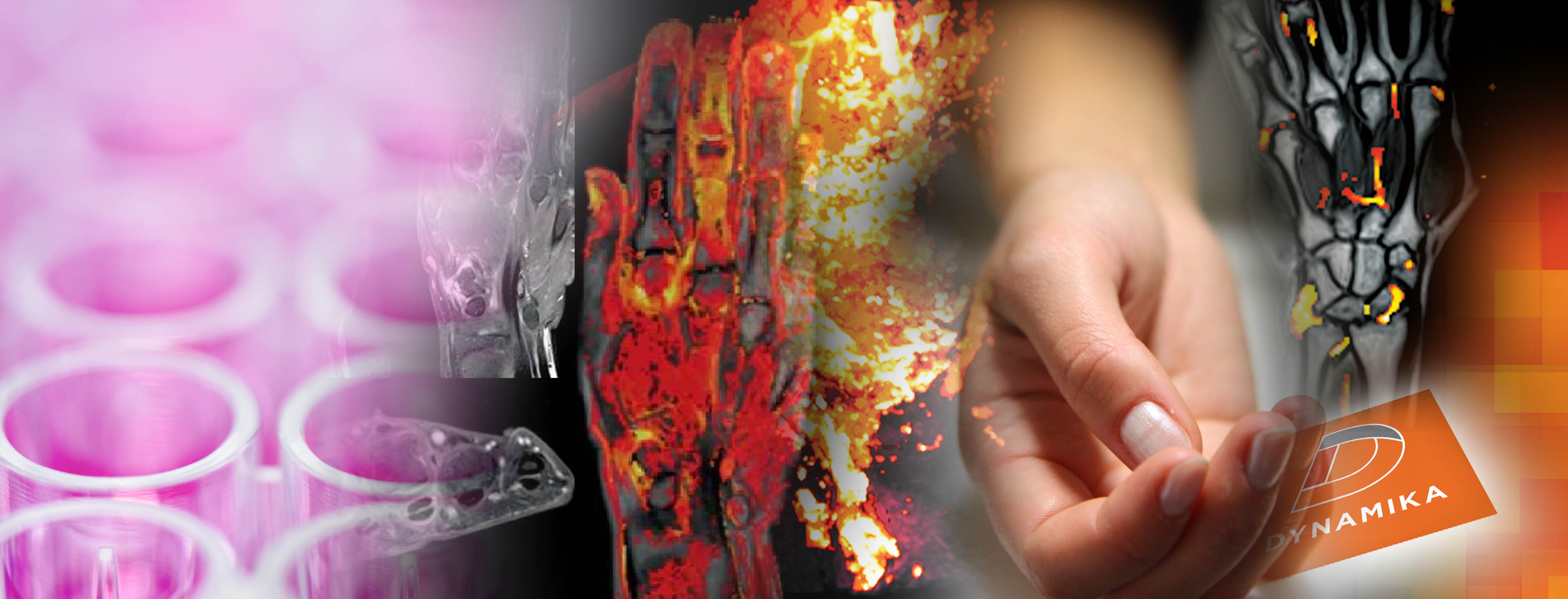Copyright © Author(s) (or their employer(s)) 2019. No commercial re-use. See rights and permissions. Published by BMJ
Annals of the Rheumatic Diseases. 2019 June;78(2)_suppl. doi: 10.1136/annrheumdis-2019-eular.2006
Abstract
BACKGROUND:
Progression of structural joint damage occurs in 20-30 % of patients with rheumatoid arthritis (RA) in clinical remission1. Magnetic resonance imaging (MRI)-detected synovitis and in particular osteitis/bone marrow edema (BME) are known predictors of structural progression in both active RA and in remission, but the predictive value of adding MRI tenosynovitis assessment as potential predictor in patients in clinical remission has not been investigated.
OBJECTIVES:
To investigate the predictive value of baseline MRI inflammatory and damage parameters on 2 year MRI and X-ray damage progression in an RA cohort in clinical remission, following MRI and conventional treat-to-target (T2T) strategies.
METHODS:
200 RA patients in clinical remission (DAS28-CRP<3.2 and no swollen joints) on conventional DMARDs, included in the randomized IMAGINE-RA trial2 (conventional DAS28 + MRI-guided T2T strategy targeting absence of BME vs conventional DAS28 guided T2T strategy) had baseline and 2 years contrast-enhanced MRIs of the dominant wrist and 2nd-5th MCP joints and X-rays of hands and feet performed, which were evaluated with known chronology by two experienced readers according to the OMERACT RAMRIS scoring system and Sharp/van der Heijde method, respectively.
The following potentially predictive baseline variables: MRI BME, synovitis, tenosynovitis, MRI and X-ray erosion and joint space narrowing (JSN) score, CRP, DAS28, smoking status, gender, age and patient group were tested in univariate logistic regression analyses with 2-year progression in MRI combined damage score, Total Sharp Score (TSS), and MRI and X-ray JSN and erosion scores as dependent variables. Variables with p<0.1, age, gender and patient group were included in multivariable logistic regression analyses with backward selection.
RESULTS:
Based on univariate analyses MRI BME, synovitis, tenosynovitis, x-ray erosion and JSN, gender and age were included in subsequent multivariable analyses. Independent MRI predictors of structural progression were BME (MRI progression) and tenosynovitis (MRI and X-ray progression), MRI combined damage score: sum score of MRI erosion and JSN scores.
CONCLUSION:
This trial is the first to report that MRI tenosynovitis independently predicts both X-ray and MRI damage progression in RA patients in clinical remission. Further studies are needed to confirm MRI-determined tenosynovitis as predictor of progressive joint destruction in RA clinical remission.


